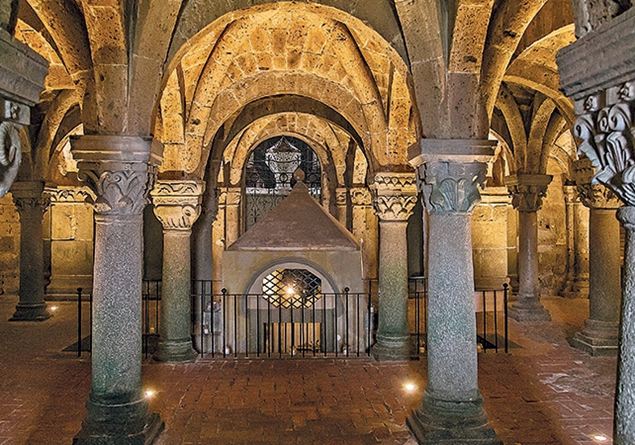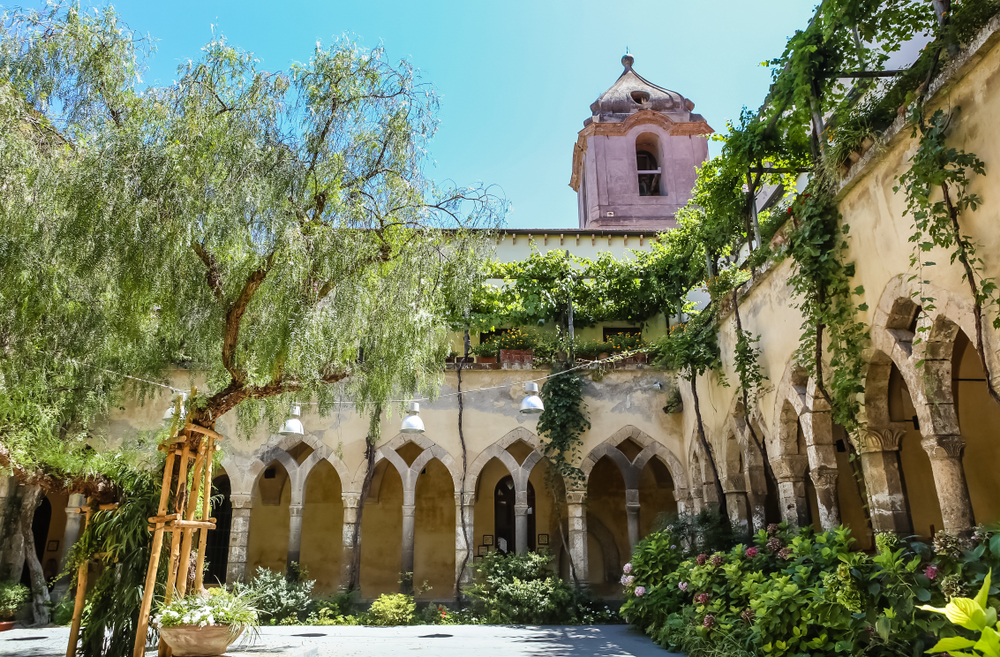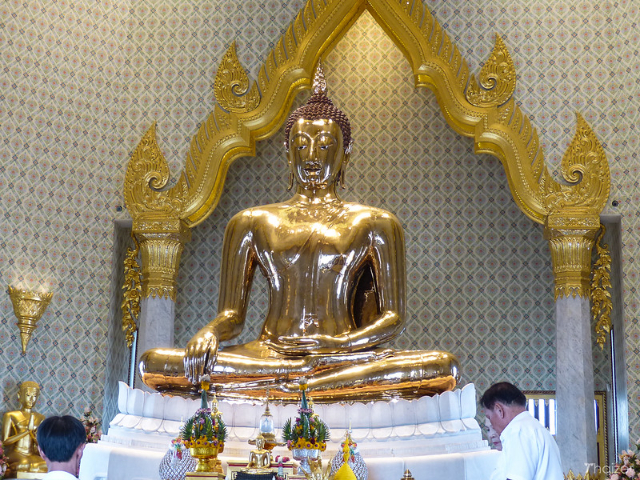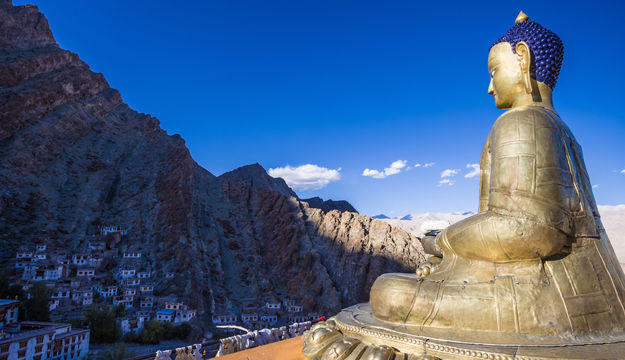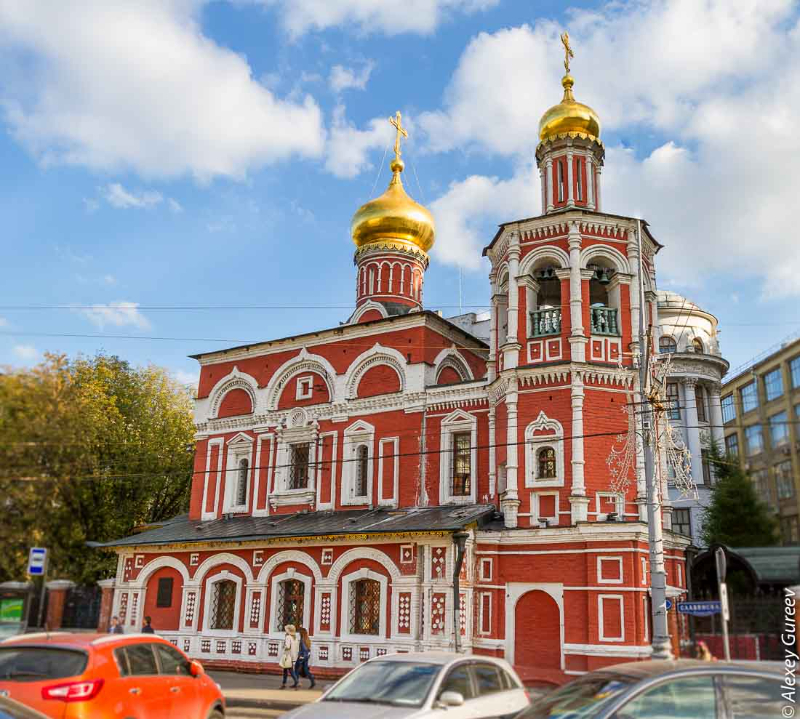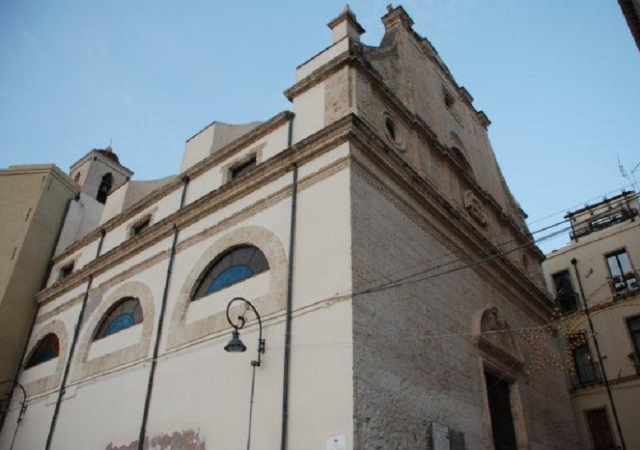The Basilica of the Holy Sepulchre stands along the Via Francigena and according to a legendary tradition the church was founded by Queen Matilda of Westphalia, who was on her way to Rome with a caravan of mules loaded with gold to build a sanctuary dedicated to the Holy Sepulchre. In Acquapendente the mules would have "stuck", kneeling and refusing to leave, and during the night the queen would have had a dream that would have led her to implement her project in this place. The building dates back to the twelfth century and was originally in Romanesque style and belonged to the Benedictine order, with an adjoining convent. The current appearance of the church is the result of numerous interventions: the facade dates back to the ‘700 and is the work of Nicola Salvi (architect of the Trevi Fountain in Rome), then partly modified due to damage during the last war. On the facade there is the bust of Pope Innocent X Pamphili (the original by Alessandro Algardi is kept in the City Museum), who was responsible for the transfer of the diocese to Acquapendente, after the destruction of Castro. Internally the church has a Latin cross plan with three naves, the presbytery is raised to leave space for the crypt below. The crypt is of the "a sala" type, built on 24 columns on which rest cross vaults. It houses a SACELLO (Holy Sepulchre) which is still a pilgrimage destination, being the oldest copy in the world of the tomb of Jesus, which is why Acquapendente is also called the Jerusalem of Europe. The copy of the Holy Sepulchre dates back to the 10th century and around it, a couple of centuries later, the crypt was built. Inside is kept a stone, which is said to have been brought there by the crusaders and bathed in the blood of Christ. This is why Acquapendente is still today an important stage of the pilgrimage along the Via Francigena.
